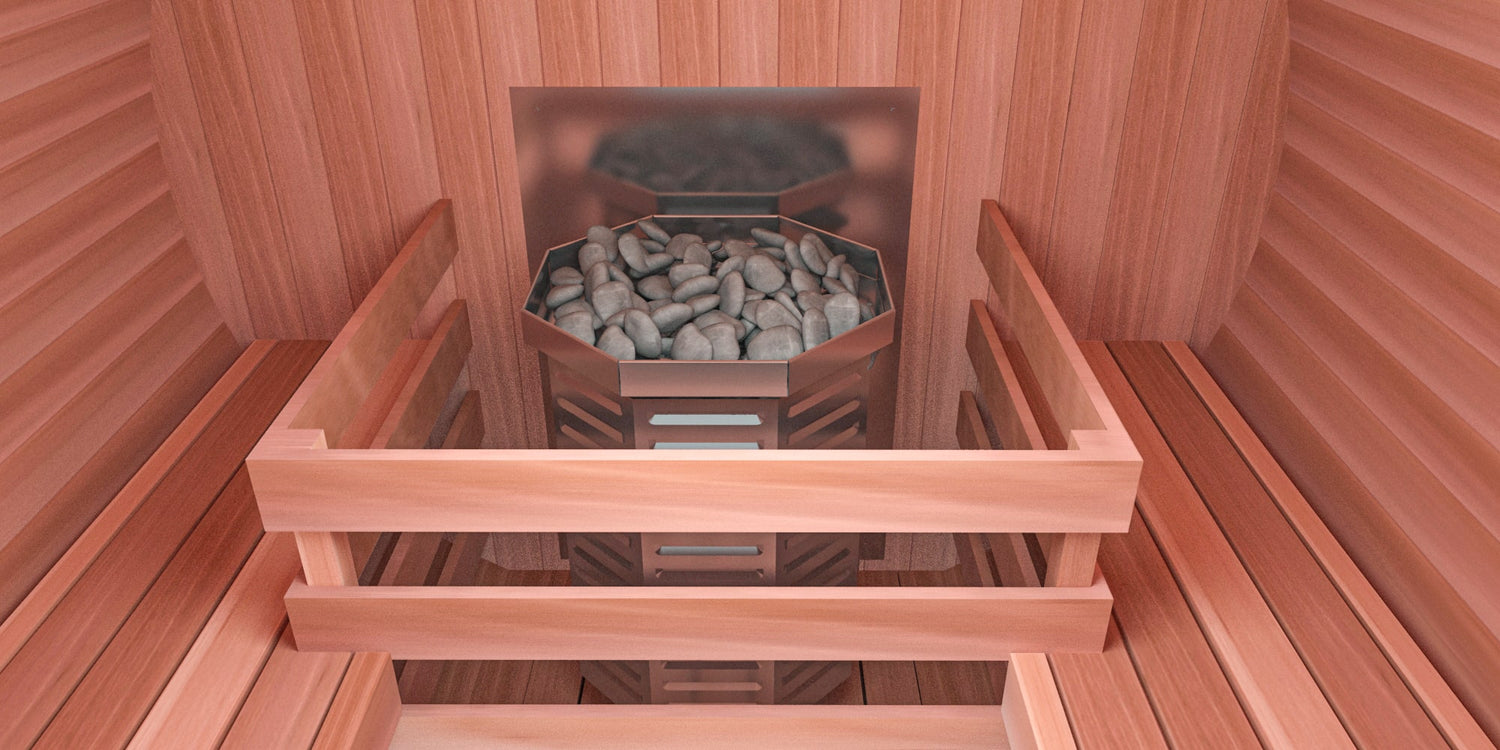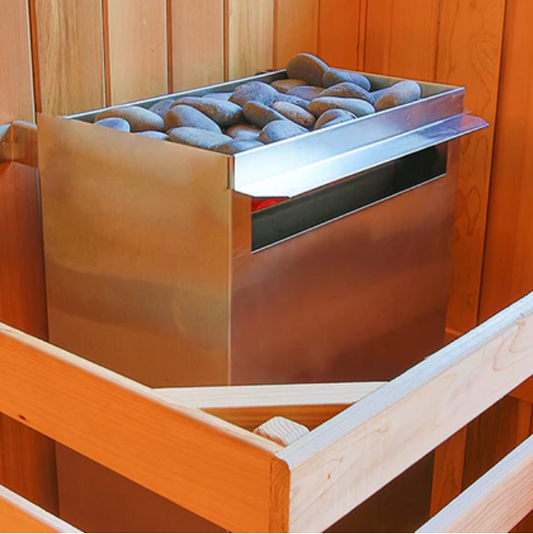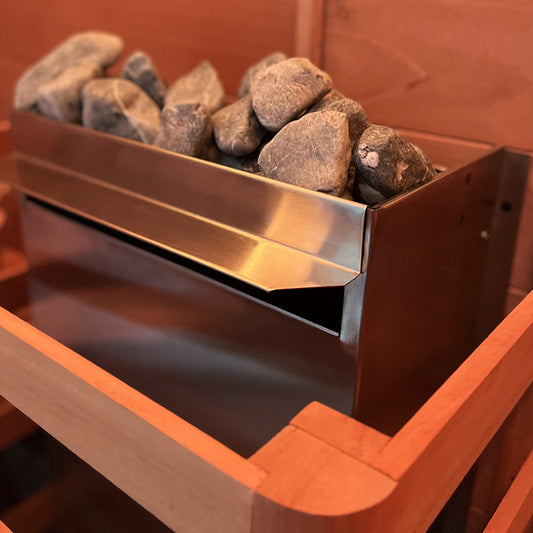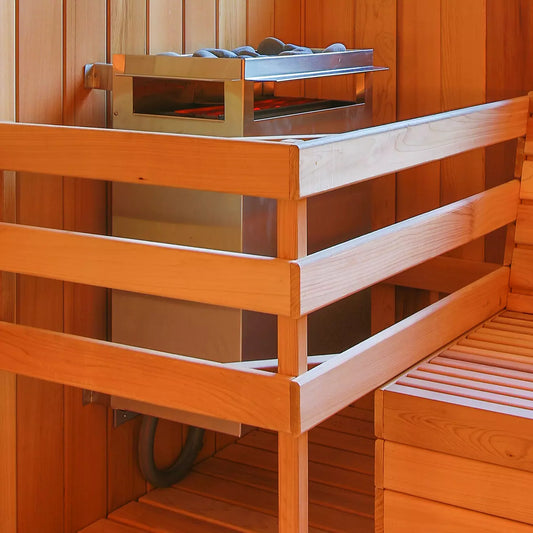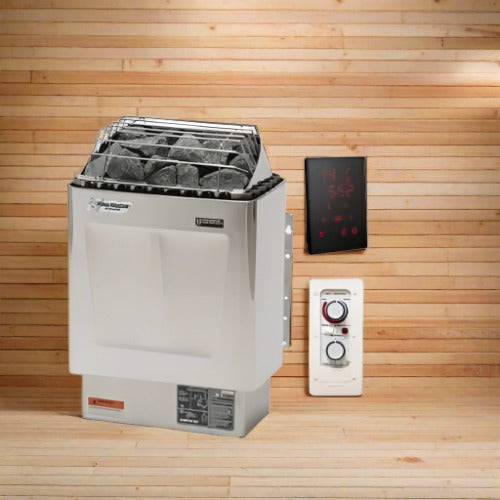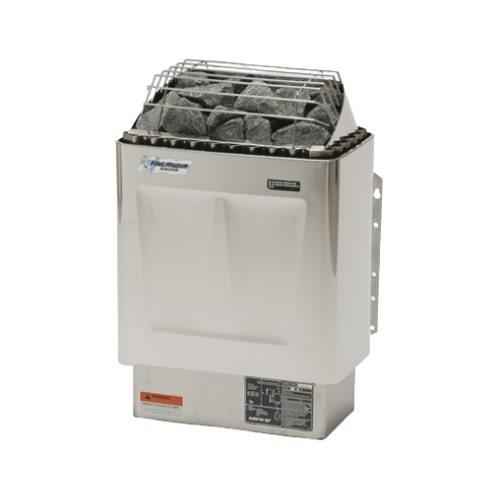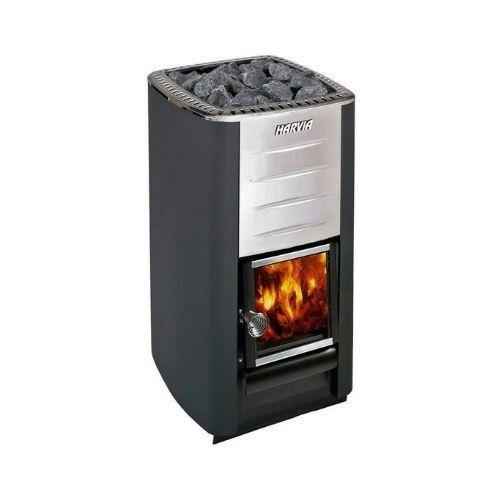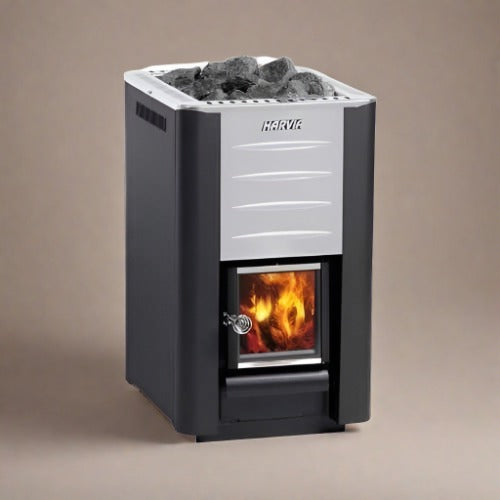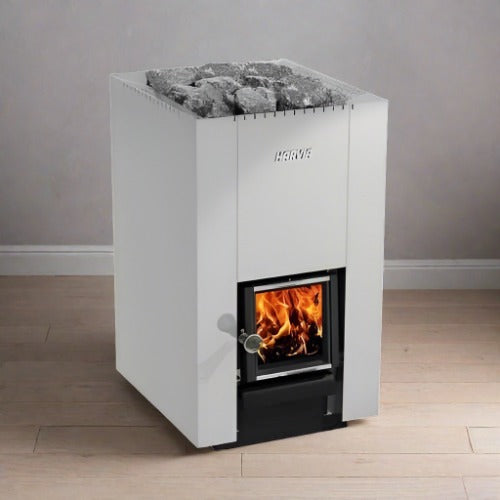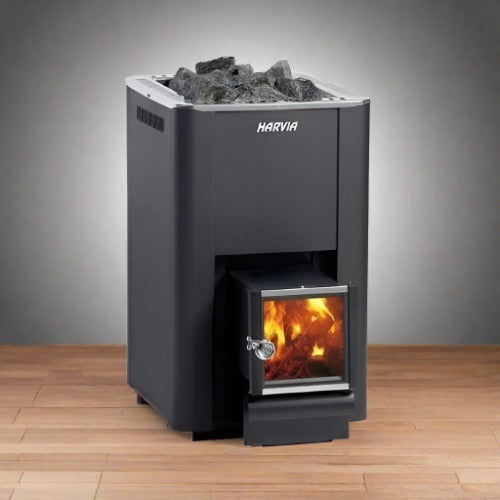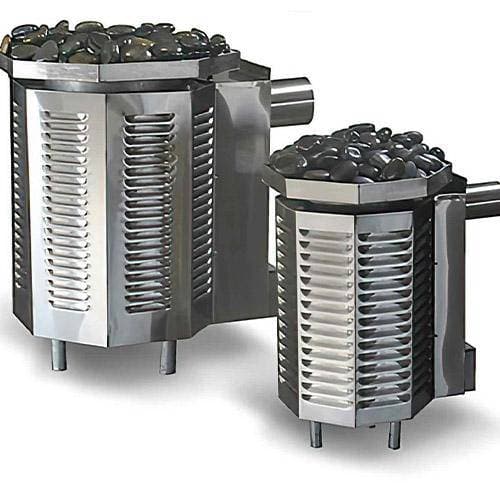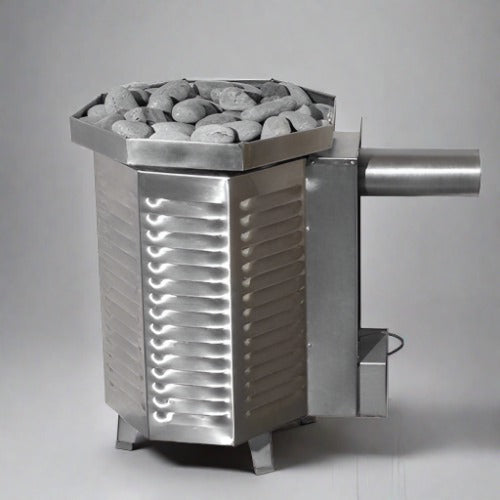If you are reading this, it means that you have decided to get a sauna. Congratulations, you are on your way to pure relaxation and innumerable health benefits. But with that purchase, comes some common questions, which we are happy to answer all, so let's start.
What size of sauna heater do I need?
What are the types of sauna heaters?
ELECTRIC SAUNA HEATERS
Wood Burning Sauna Stoves
Wood Burning Sauna Stoves
-
M3 Wood-Burning Sauna Stove by Harvia
Regular price $1,160.00 USDRegular priceUnit price per -
Harvia 20 Wood Burning Sauna Stove
Regular price $1,594.00 USDRegular priceUnit price per -
Harvia 20ST Wood Burning Sauna Stove
Regular price $1,792.00 USDRegular priceUnit price per -
Harvia 20SL Wood Burning Sauna Stove
Regular price $1,884.00 USDRegular priceUnit price per
3. Gas sauna heater
Sauna Gas Heater
-
Scandia 40K BTU Gas Sauna Heater
Regular price From $3,600.00 USDRegular priceUnit price per -
Scandia 80K BTU Gas Sauna Heater
Regular price $5,299.00 USDRegular priceUnit price per

